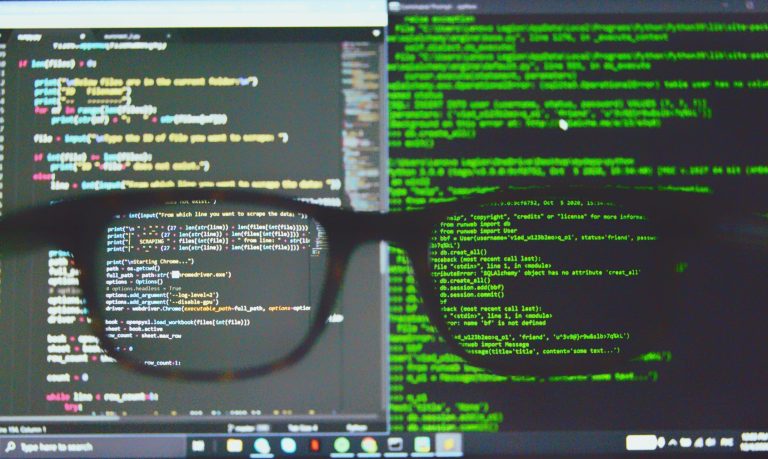Python versus Matlab: an Unbiased Look
When comparing Python versus Matlab, the very first resources you’ll find are their own special interest groups pushing their own, inevitable favorite in each case (big surprise). Here, without attempting to glorify apples over oranges, let’s just go over key highlights of each, so you know which is best for you.

What They Have in Common
Both Python and Matlab provide beginner-friendly environments suitable for learning to program. Both are relatively easy with which to become productive rather quickly. Both have a well-established foundation of support and resources, and still have a future ahead of them.
How They Differ
Cost :
One make-or-break, deciding factor of Python vs. Matlab can be money. Python is an open-source, free programming language with supportive elements that can enable someone to finish entire projects without spending a penny on anything but their computer and electricity.
And Matlab isn’t just “proprietary” – even many small companies decide its licensing is prohibitively expensive. That said, while this factor may be a deal-breaker for some, it’s sure to be a non-issue for others with either ample financing or existing access to the Matlab platform at school or work.
Uses :
Python is a general-purpose language with extremely diverse functionality that can can be applied to myriad genres of projects and countless facets thereof. While both Python and Matlab boast sizable libraries to avoid re-inventing the wheel, Python’s are considerably more vast in both number and scope. If you want your first (or next) language to make you the most valuable but aren’t sure exactly how it will be applied, Python would win this round of Python vs. Matlab. In addition to having a wide range of uses, Python is also available on countless operating systems and devices. Matlab boasts being usable on over 1000 common devices, but Python can thrown into virtually any arena in which you either intend to directly work, or even those in which you hope to have your finished product expand and wind up.
Matlab, on the other hand, is a much more specialized platform. Its purpose and functionality is centered more around math and technical computing. This can make it a formidable opponent if you know what you want and that thing is algorithms, big data, analysis, modeling economic data, and countless engineering applications. Matlab has things like Simulink for code-free, block-style model-based design that can run simulations. What’s more, Matlab can be integrated with other languages, like C, C++, Java, .NET and Python, anyway. So if you have the right things in mind such as these, for which Matlab is specifically cut out then it, too, can win a round in the Python vs. Matlab face-off.
In Conclusion
If you’re still considering Matlab after what you’ve seen here, but you’re undecided, chances are it would be beneficial for you to have more than one language under your belt in the long run, anyway. If you’re on the fence and you’re not sure where you’re headed, you could always start out with highly readable and versatile Python and keep your specialty options open for Matlab. Then you could even integrate the two.
